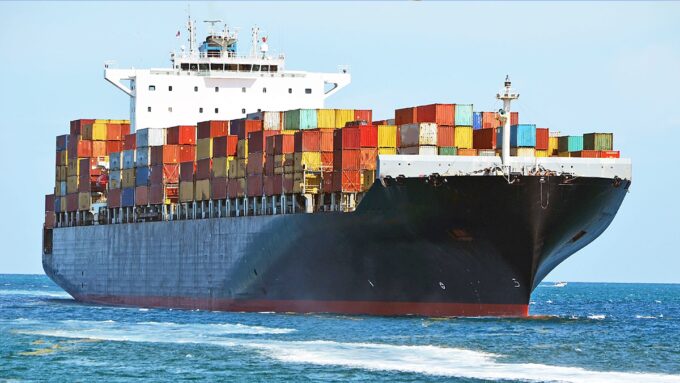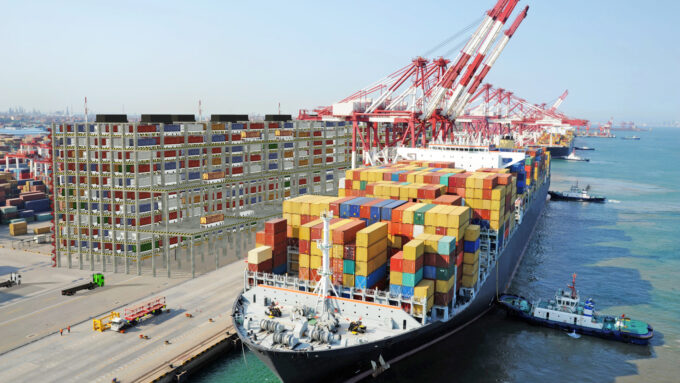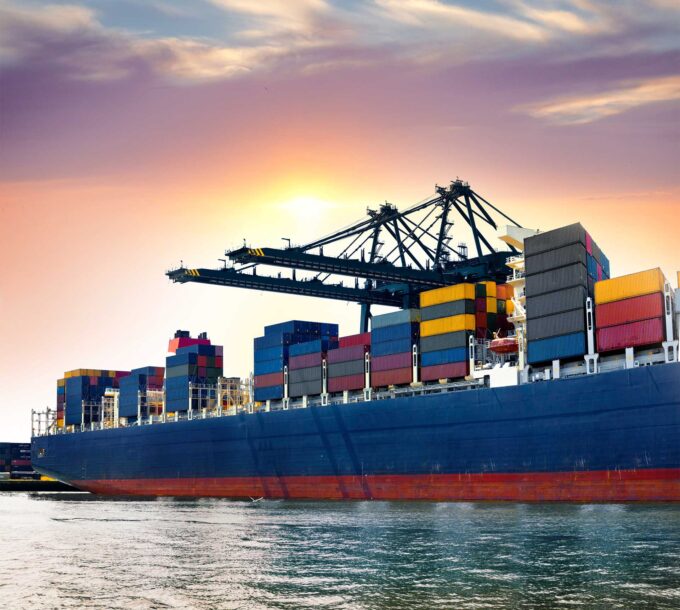The shipping bill is one of the most vital documents in the international shipping industry. The exporters have to submit this document to the customs clearance department of the country to seek clearance. It is more of an “application to the customs services” that explains everything important to the freight shipment that the authorities ought to know. The process of preparing a shipping bill, submitting it to the authorities and getting the approval takes a lot of time and knowledge about the rules and regulations. One has to take the help of a liable and experienced CHA (Customs House Agent) to initiate the process of filing a shipping bill.
Just because there is help available in the market does not mean an exporter should take every responsibility off his shoulder! The Shipping bill is in the name of the exporter. So, he must know everything about the formalities and requirements of the same to coordinate with the agents effectively. To gain an in-depth understanding of the types of shipping bill and how it works, click and know more here. But the first step is to know about the contents of the shipping bill so that one can collect accurate information.
Filling all the necessary documents and contents of a shipping bill takes a considerable amount of time.
Contents of Shipping Bill

The shipping bill is a three-four paper long document that lists all the important details related to the freight shipment, its importer and exporter and the carrier.
Shipping Bill Number
The shipping bill number is a unique code that tops the document. The Indian Customs Electronic Data Interchange System is the online portal that assigns this number to every bill holder. The system automatically generates the shipping bill number as soon as an exporter applies for it.
Details of The Exporter, Importer and Customs Broker

In the trade business, the exporter, importer and carrier are the most important parties who lay a strong foundation of the industry. Therefore, details related to them that the customs department claims to know have to be mentioned on the bill. All of their names, their company’s names, license numbers, and addresses are present on the document.
Brief Description of the Cargo
The gross and net weight of the cargo and the nature of the goods in it. The customs department needs to know about the goods as the taxes and duties depend a lot upon it. The total number and kind of packaging are also on the list of contents.
Information of Port of Shipment and Discharge

The name and address of the port of shipment and the destination port are included on the list. The customs department may cross-verify the details from the port authorities as well if it deems it necessary.
The Defined Destination of the Cargo
The name and place of the final destination of the cargo have to be there on the shipping bill. This information becomes necessary when the exporter is availing door to door or port to door shipment.
Details of the Inland Logistics

More often than not, an exporter has to avail inland haulage facility for transporting the goods to the port of shipment and then from the destination port to the importer. Therefore, the number of trucks, barges or trains has to be submitted.
GST and Export Duty Related Details
The GST (Goods and Services Tax) number and the export duty details like Customs tariff head number, amount, etc. are all enlisted on the shipping bill. The GST number is mandatory, and an exporter has to declare it on the bill. The total value and taxable value of the goods has to be mentioned on the list separately.
All the Important Invoice Numbers

Commercial invoice number, the currency in which the exporter received the grant, the invoice value in rupees, the nature and mode of payment, the overall and final value of the invoice are also a part of the shipping bill. One has to assure complete transparency and accuracy of these details. A copy of the invoice is also attached to the shipping bill at the time of submission.
Export Scheme/Re-export/Job Work Details
If an exporter is shipping any of the goods that fall under the incentive scheme of the government, he has to produce the details of the same on the bill. The scheme code, authorization number and the serial number of export are the components under this category.
Container Details

There are times when exporters stuff the cargo at the factory rather than sending it to the dockyard. In this case, they have to provide the details of the container including its type, size, container number, and seal number.
Forms Accompanied with Shipping Bill
Apart from knowing everything about the contents of a shipping bill, one must also have the basic knowledge of all the documents needed for submitting it. Exporters must produce a copy of a few of the contents of the bill as proof of authentication of the same.
- Cargo Invoice – The official invoice of the cargo that contains all the details of the shipping consignment is a must for submission.
- Packing List – This is one of the most important documents of shipping that includes a detailed description of the cargo.
- Export License – The exporter has to submit a copy of the export license.
- Acceptance of Contract – The term of the contract between importers and exporters should be proved with the acceptance letter.
- Letter of Credit – This document is proof of payment by the bank that claims the date on which the importer will pay the dues.
- QC Certificate – This is the ISO certification offered to exporters to give assurance for the quality of their goods.
- Port Trust Document – This document is issued by the Port Trust Board.
Exporters are also liable to produce any other document if the customs department asks to do so. These documents are important for getting approval on the bill.
The shipping bill is a document without which an exporter cannot ship his cargo. After this bill is approved by the customs department, the authorities issue the “Let Export Order” which the port officials demand at the time of shipment. Therefore, exporters must be well-informed about anything and everything related to the shipping bill.









